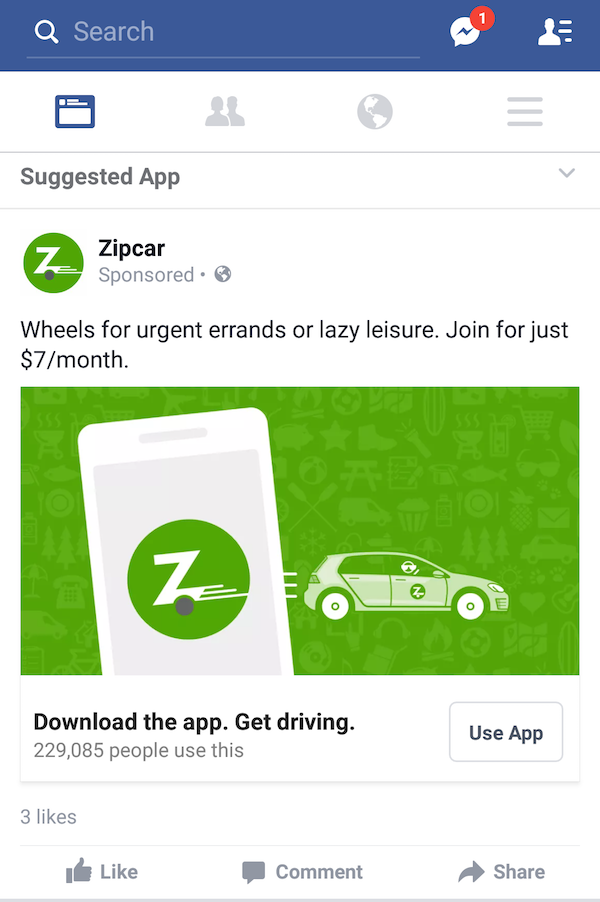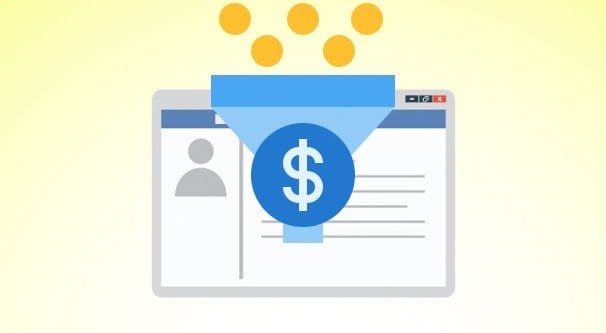
In advertising, there are many factors that can affect the success of a campaign. These factors include competitors, the environment, regulations, and target audience. Each factor has a different impact upon a marketing campaign. Let's look at some of the factors. These factors can help you select the best advertising strategy to suit your company.
Environmental factors
Environmental factors, sometimes called ecological factors, affect businesses in many ways. These factors include climate changes, availability of resource, and employee productivity. They can also have an effect on the economy and availability of crops/resources. Climate change could have an effect on energy or food prices.

Regulations
There are many government agencies that monitor and enforce advertising laws. For example, the FDA enforces advertising laws for drugs and other products. Other federal agencies also have the power and authority to investigate complaints and claims about advertising. Agency have also been given the power by the government to investigate advertising from common carriers and securities firms. Additionally, state and local legislators are able to regulate advertising. These agencies have the right to pursue legal action against companies that break the law.
Target market
Target market analysis is essential for any product or service design process. This will help you choose the best advertising platforms and products to sell. It can help you identify the most important markets and pinpoint gaps in your market. It helps you to determine if your product/service will be successful and if it can be made financially viable.
Cost
Several factors determine the cost of advertising. First, it is important to choose the right medium. There are many options. Some types of media have a flat fee for every ad, while others charge by response. Other media may charge for creative services, like graphic design.

Persuasion techniques
Persuasion techniques can be a powerful tool in getting customers to take action. These techniques can be used to elicit certain emotions in advertising such as joy or happiness. These techniques can help increase revenue and convert more customers if used correctly.
FAQ
Radio advertising: What are your options?
It is important that you understand the differences between media. Remember that all media types are complementary, not competing.
Radio is best used to complement television advertising. It enhances television by reinforcing important messages and providing additional details.
Radio listeners are often not able to handle long TV commercials. Radio ads are typically shorter and less costly.
What do you need to know about print advertising?
Print advertising is a great medium to communicate with customers. Many companies use print advertising to promote their products. The goal is to get the consumer's attention.
Print ads are usually one-page long. They contain text, images, logos, and any other graphics. They can also include sound and animation as well video and hyperlinks.
The main types of print advertisements are classified as follows:
1. Brochures - Large format printed brochures are used to draw people in to stores. They are often filled with colorful images and catchy designs.
2. Catalogues are smaller versions than brochures. These are typically sent to customers who ask for specific information.
3. Flyers – These are small pieces made of paper that are distributed at events, such as fairs or concerts. If they are given out at retail outlets, they can be obtained for free, but you must pay for them.
4. Posters - These flyers can be larger than the ones you see on the flyer. They are often displayed on walls, fences, or buildings. They are usually made using computer software programs, which is designed to draw the eye of passersby.
5. Direct mail - These are letters or postcards that are sent directly to potential customers. Companies send these out periodically to remind existing customers about their business.
6. Newspaper Ads are placed in newspapers and magazines. These ads are often quite long and include both text and images.
What is advertising's basic purpose?
Advertising isn’t about selling products.
Advertising is communicating ideas and values. It's about changing people's attitudes. And it's about building relationships.
It is all about making people feel good.
If you don't understand your customers' needs, you can't market to them.
You must first get to know your customer before you can start advertising projects.
You can then design ads that resonate with them.
What do you need to know about internet advertising?
Internet advertising is an important part of any business strategy today. It allows companies to reach potential customers at low costs. There are many types of internet advertising. Some are free, while others require payment.
There are many ways to advertise online, including pop-up ads and banner ads. Each method offers its own advantages and disadvantages.
What is an Ad Campaign?
An advertisement campaign is a series containing advertisements to promote a product. It could also refer the entire production of such advertisements.
The Latin word for selling is "ad." The first known use was by Marcus Terentius Varro (116-27 BC), who used it as a verb meaning "to make a sale."
Advertising campaigns are most often done by large agencies or businesses. These campaigns may include many media types such as print, television, radio and the internet.
Advertising campaigns can last up to six months and have specific goals. Advertising campaigns can have different goals. Some are focused on increasing sales while others generate awareness.
How much does advertising on social media cost?
You should be aware that social media advertising costs money. You will be charged monthly based on how much time you spend on each platform.
Facebook - $0.10 for 1,000 impressions
Twitter - $0.20/1000 impressions (if applicable)
If you send invitations, Linkedin: $0.30 per 1,000 impressions
Instagram: $0.50 per 1,000 impressions
Snapchat - $0.60 per 1,000 impressions ($0.40 per user)
YouTube - $0.25 Per 1,000 Views
Tumblr – $0.15 per 1000 impressions for text postings
Pinterest - $0.05 per 1,000 impressions per month
Google + $0.15-$0.20 for 1,000,000 impressions
Tumblr $0.15- $0.20 for 100,000 impressions
Vimeo - $0.20- $0.25 per 10,000 impressions
Soundcloud - $0.20 to $0.0.25 per 1 Million Plays
StumbleUpon - $0.20 -$0.25 per 1 billion pageviews
Digg - $0.20 to $0.25 per 1000 diggs
Reddit - $0.20 - $0.0.25 per 1000 Comments
Wordpress - $0.20 to-$0.25 for 500 comments
Flickr - $0.20 -- $0.25 per 5,000 photo uploads
How can I choose my target audience
Begin by talking to yourself and people close to you. If you don't know where to begin, ask yourself, "who am I trying to reach?"
Ask yourself these questions: Who do you consider the most influential in your industry? What are their daily problems? Which people are the most intelligent in my industry? Where do they hang out online?
Rewind to the beginning, when your business was founded. What was your motivation for starting? What was your problem and how did it solve?
These questions will enable you to identify your ideal client. They will also reveal their personality and reasons for buying from them.
To get clues about who they cater to, you can also check out your competitors' social media pages and websites.
Once you have identified your target customers you will need to choose the channel to reach them. You might, for example, create a website to target home buyers if you offer services to real-estate agents.
A blog could be created if your software is offered to small businesses.
If you sell clothing, you could create a Facebook page for teens. You could also set up a Twitter account if your restaurant is a business owner to help parents find kid-friendly restaurants.
You have many options to convey your message.
Statistics
- Worldwide spending on advertising in 2015 amounted to an estimated US$529.43 billion. (en.wikipedia.org)
- Advertising spending as a share of GDP was about 2.9 percent. (en.wikipedia.org)
- It collects money from the advertisers, keeps 32% for its role in facilitating the process, and the remaining 68% goes to the publisher (you). (quicksprout.com)
- Google will display whichever ad type (CPM or CPC) is expected to earn more revenue for the publisher, which is in Google's best interest since they take a 32% share of the revenue. (quicksprout.com)
External Links
How To
What is the best way to advertise on Google?
AdWords, Google's advertising platform, allows businesses to buy ads based upon keywords they wish to target. Set up your account first. Select a campaign name and set the budget. Choose the ad type (text or image), and add keywords. You then bid on these keywords. Clicking on an advertisement will only result in you being paid if the click is from someone who searched one of your targeted keyword phrases. This ensures that you are paid even if people do not buy anything.
Google offers many tools that will help you make your ads more effective. They include Keyword Planner, Ads Preferences Manager, and Analytics. These let you determine which strategy is best for you business.
Keyword planners help you choose the keywords that will be used in your campaigns. You can also see how competitive certain keywords are, which will help you decide whether to spend money bidding for them.
Ads Preferences Manager allows you to modify settings like the maximum number impressions per day, and the minimum cost of each click.
Analytics allows you monitor and compare the performance to your ads against other companies. Reports can be viewed that compare your ads to others.